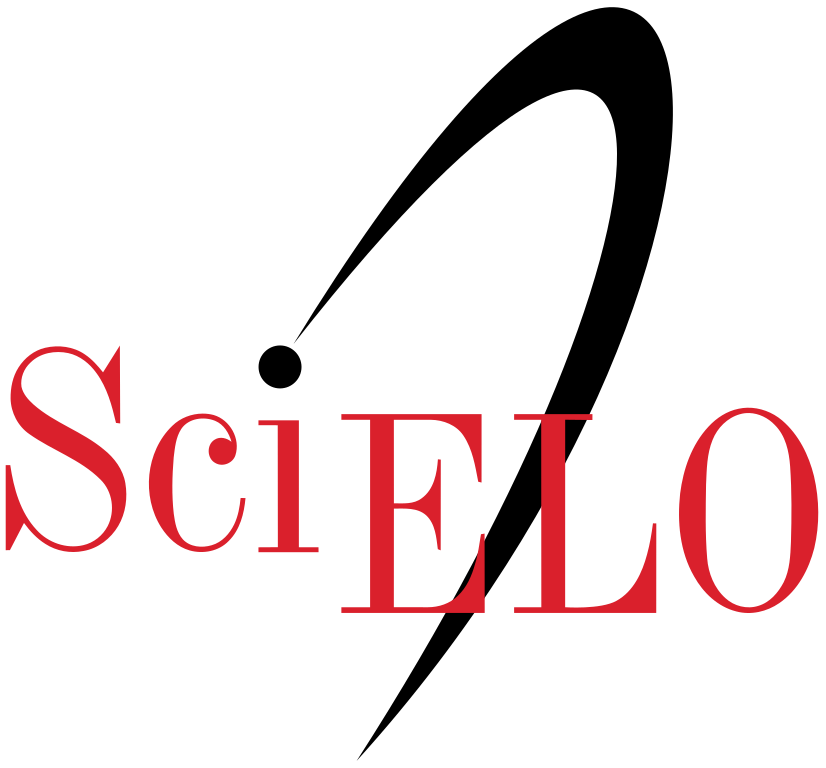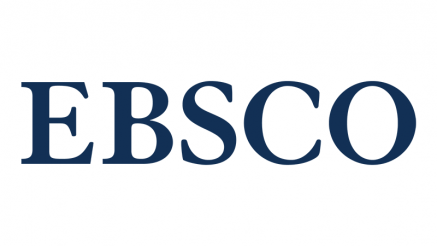Accelerated Polishing test in road marking paint and its connection with water absorption
DOI:
https://doi.org/10.14482/inde.40.02.621.829Keywords:
Abrasion, Absorption, Road Marking, Paints, Accelerated PolishingAbstract
The durability of road marking materials is evaluated with tests ranging from field tests to ones that employ large-scale equipment. These require significant testing periods or enormous investments. To evaluate abrasion, methods from the field of paints are used, that present a shortcoming in the evaluation in service related to the behavior in the presence of water. This aspect generates the interest in adapting the Aggregate Accelerated Polishing test to evaluate the wear through a weight loss of the paints. Given this equipment is used in the road environment, it facilitated the generalization of its use in road quality control laboratories. The resulting values ??are contrasted with those obtained in the Taber Abraser test and an in-service test carried out for this purpose. Additionally, absorption in water is implemented as an additional parameter. Finally, it is highlighted that adopting the Accelerated Polishing test allows having an estimation of the behavior in service, with the advantage of being able to test several samples simultaneously under the same conditions, finding that the absorption of water is related to the results obtained.
References
M. Pirota, “La señalización vial y su impacto actual sobre el principio de confianza en la normalidad o seguridad del tránsito”, Carreteras: Revista técnica de la Asociación Española de la Carretera, 151, 100-102, 2007.
D. Babi?, T. Burghardt y D. Babi?, “Application and characteristics of waterborne road marking paint”, International Journal for Traffic and Transport Engineering, 5(2), 150-169, 2015.
Y. Mouton, “Organic materials in civil engineering”, London, John Wiley & Sons, 2013.
H. Moreira y R. Menegon, “Sinalização Horizontal”, São Paulo, Master Set Gráfica, 2003.
D. Montebello y J. Schroeder, “Cost of pavement marking materials”, SRF Consulting Group, Incorporated, MN, USA, MN/RC-2000-11, 2000.
H. Fares, K. Shahata, E. Elwakil, A. Eweda, T. Zayed, M. Abdelrahman y I. Basha, “Modelling the performance of pavement marking in cold weather conditions”, Structure and Infrastructure Engineering, vol. 8, no. 10, pp 1067-1079, Nov. 2012, doi: 10.1080/15732479.2010.504212.
D. Albalate, L. Fernández y A. Yarygina, “The road against fatalities: Infrastructure spending vs. regulation??”, Accident Analysis & Prevention, vol. 59, pp 227-239, oct. 2013, doi: 10.1016/j.aap.2013.06.008.
V. V. Mechura, “Nuevas tecnologías en recubrimientos retrorreflectantes para demarcación vial”, Ph.D. dissertation, UTN FRLP, Bs. As., Argentina, 2021. [Online]. Available: http://www. https://ria.utn.edu.ar/handle/20.500.12272/5919.
D. Calavia, “Progreso en señalización horizontal y seguridad viaria”, Carreteras: Revista técnica de la Asociación Española de la Carretera, vol. 190, pp 27-40, jul/Ago 2013.
J. Migletz, J. Fish, J. Graham, “Roadway delineation practices handbook”, Report FHWA-SA-93-001, Washington, USA, 1994.
Materiales para señalización vial horizontal. Pruebas de campo, UNE-EN 1824, 2012.
Materiales para señalización vial horizontal. Simulador de desgaste. Mesa giratoria, UNE-EN 13197, 2012.
Recubrimiento para demarcación de pavimentos. Pintura vial retrorreflectante y no retrorreflectante, IRAM 1221, 2018.
Equipamiento para la señalización vial. Señalización horizontal. Materiales. Ensayos de abrasión en laboratorio. Parte 2: Determinación de la resistencia a la abrasión mediante el método de caída de un abrasivo, UNE 135203-2, 2010.
Equipamiento para la señalización vial. Señalización horizontal. Materiales. Ensayos de abrasión en laboratorio. Parte 1: Determinación de la resistencia a la abrasión mediante el método Taber, UNE 135203-1, 2010.
Agregados. Determinación del coeficiente de pulimento acelerado, IRAM 1543, 2002.
J. Alonso, “Pinturas, barnices y afines: composición, formulación y caracterización”, Escuela Técnica Superior de Ingenieros Industriales Universidad Politécnica de Madrid, 2016.
S. Fatemi, M. Varkani, Z. Ranjbar, S. Bastani, “Optimization of the water-based road-marking paint by experimental design, mixture method”. Progress in organic coatings, vol. 55, no 4, p. 337-344, Apr. 2006, doi: 10.1016/j.porgcoat.2006.01.006.
J. Rivera, “Metodología para la obtención del Tránsito Medio Diario Anual (TMDA) por conteos diarios”, SABER Revista Multidisciplinaria del Consejo de Investigación de la Universidad de Oriente, vol. 19, no 2, pp. 192-204, Venezuela, 2007.
Downloads
Published
How to Cite
Issue
Section
License
Copyright (c) 2022 Revista Científica Ingeniería y Desarrollo.

This work is licensed under a Creative Commons Attribution-NonCommercial 4.0 International License.









